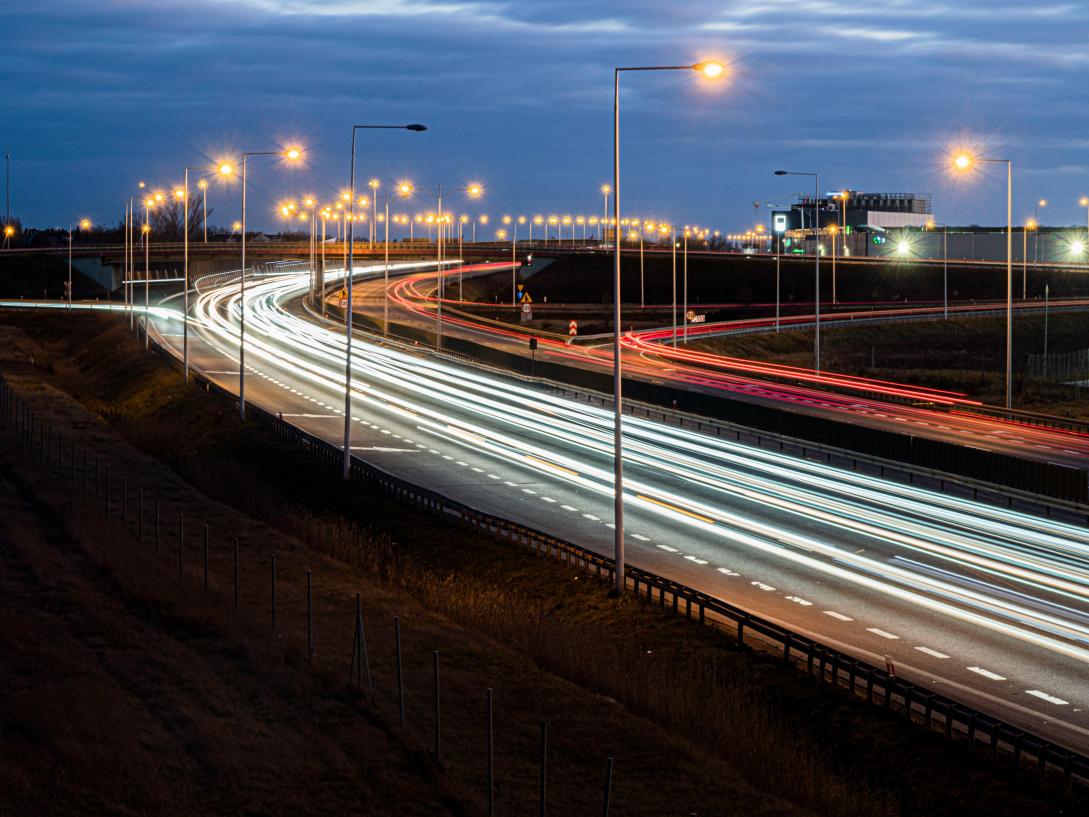More than 20% of Europeans exposed to harmful noise pollution levels

Progress in decreasing exposure to harmful levels of noise has been slow according to the EEA report ‘Environmental noise in Europe 2025’, adding that the EU zero-pollution objective to reduce the number of people chronically disturbed by transport noise by 30% by 2030 is unlikely to be met without additional measures.
Long-term exposure to transport noise in Europe is linked to a wide range of negative impacts on our health including cardiovascular diseases, mental illness, diabetes and even premature death. The report says children and adolescents are particularly vulnerable to the effects of noise. Based on new research, noise exposure in children contributes to reading impairment, behavioural problems and obesity.
The economic and social costs are also high, as associated illness and poor health have negative impacts on the economy. The report says noise pollution from transport sources results in annual economic costs of at least EUR 95.6 billion in Europe or 0.6% of the total gross domestic product (GDP) each year, applying established methods to estimate costs of environmental noise.
The EEA report is the most comprehensive analysis of environmental noise pollution in Europe, based on reporting by EEA Member States under the EU’s Environmental Noise Directive. It looks at both the impact on human health but also the impacts of noise on biodiversity and protected natural areas.
„Noise pollution is often overlooked, considered just an annoyance of everyday life. The long-term impacts of noise on our health and environment are widespread and significant contributing to premature deaths, cardiovascular diseases, diabetes and mental health issues. Children are also particularly vulnerable to the effects of noise and it’s a problem all EU Member States need to urgently address if we are to make progress on our EU 2030 zero pollution target to reduce noise pollution,” said Leena Ylä-Mononen, EEA Executive Director.
Transport noise
Road traffic is identified as the dominant source of noise pollution, especially in densely populated urban areas, where the highest numbers of people are affected.
Based on thresholds set under the EU’s Environmental Noise Directive, road transport accounts for around 92 million people exposed to harmful day-evening-night noise levels. The EU noise thresholds under the Directive are set at 55 decibels (dB) for the day-evening-night period and 50dB for the night period.
In comparison, railway noise affects 18 million people during the day-evening-night period while aircraft noise impacts around 2.6 million (day-evening-night). While rail and aircraft noise affect fewer people overall, they remain significant sources of local noise pollution, particularly near major rail transport corridors and airports.
World Health Organization environmental noise guidelines recommend substantially stricter noise levels, meaning that many more individuals are exposed to transport-related noise. When considering these lower recommended levels, it is estimated that approximately 150 million people — more than 30% of the population — are exposed to long-term unhealthy noise levels from transport sources.
Health impacts
Noise pollution is not only an annoyance, it can cause extensive health impacts. It has typically been associated with impacts such as annoyance and sleep disturbance, but its effects are much broader. Exposure to noise affects health through interconnected pathways, primarily stress and sleep disturbance. These factors can contribute to a wide range of negative health outcomes, including cardiovascular and metabolic diseases, mental health disorders, and even premature deaths.
Prolonged exposure to transport noise in Europe was linked to an estimated 66,000 premature deaths, 50,000 new cases of cardiovascular diseases and 22,000 new cases of type 2 diabetes. Additionally, according to new research, noise could also potentially contribute to thousands of cases of depression and dementia.
For children and adolescents, noise exposure contributed to over 560,000 cases of reading comprehension impairment, 63,000 behavioural problems and 272,000 cases of children being overweight according to latest data from 2021.
When compared to other environmental health threats in Europe, transport noise ranks among the top three — just behind air pollution and temperature-related (climatic) factors. Furthermore, it has a greater health impact than better-known risks such as second-hand smoke or lead exposure.
Noise harms nature
Noise pollution also impacts wildlife on land and in the sea. The report finds that at least 29% of Natura 2000 protected areas in Europe experience noise levels that could impact terrestrial wildlife behaviours.
Underwater noise pollution from shipping, offshore construction and marine exploration also disrupts marine life particularly in species in Europe’s waters that rely on sound for survival such as whales and dolphins. Areas with the highest underwater noise exposure in Europe include parts of the English Channel, the Strait of Gibraltar, parts of the Adriatic Sea, the Dardanelles Strait and some regions in the Baltic Sea.
Solutions towards a quieter Europe
Based on EEA estimates, the number of people highly annoyed by transport noise in the EU declined by only 3% between 2017 and 2022. This reduction falls short of the pace needed to meet the zero pollution action plan noise reduction objective. Based on current projections to 2030, it is unlikely the EU will meet the target without additional action.
The report identifies examples of effective solutions already available to help mitigate noise. They include improving access to quiet and green spaces in cities, actions like reduced speed limits for vehicles in urban areas, better maintenance of railway infrastructure, boosting use of low-noise tyres, and optimising aircraft landing/takeoff patterns at airports and promoting the use of quieter aircraft.
Further, long-term strategies for urban areas that prioritise preventative measures like creating buffer zones between transport corridors and residential areas or promoting sustainable mobility like public transport, walking and cycling can also help.





